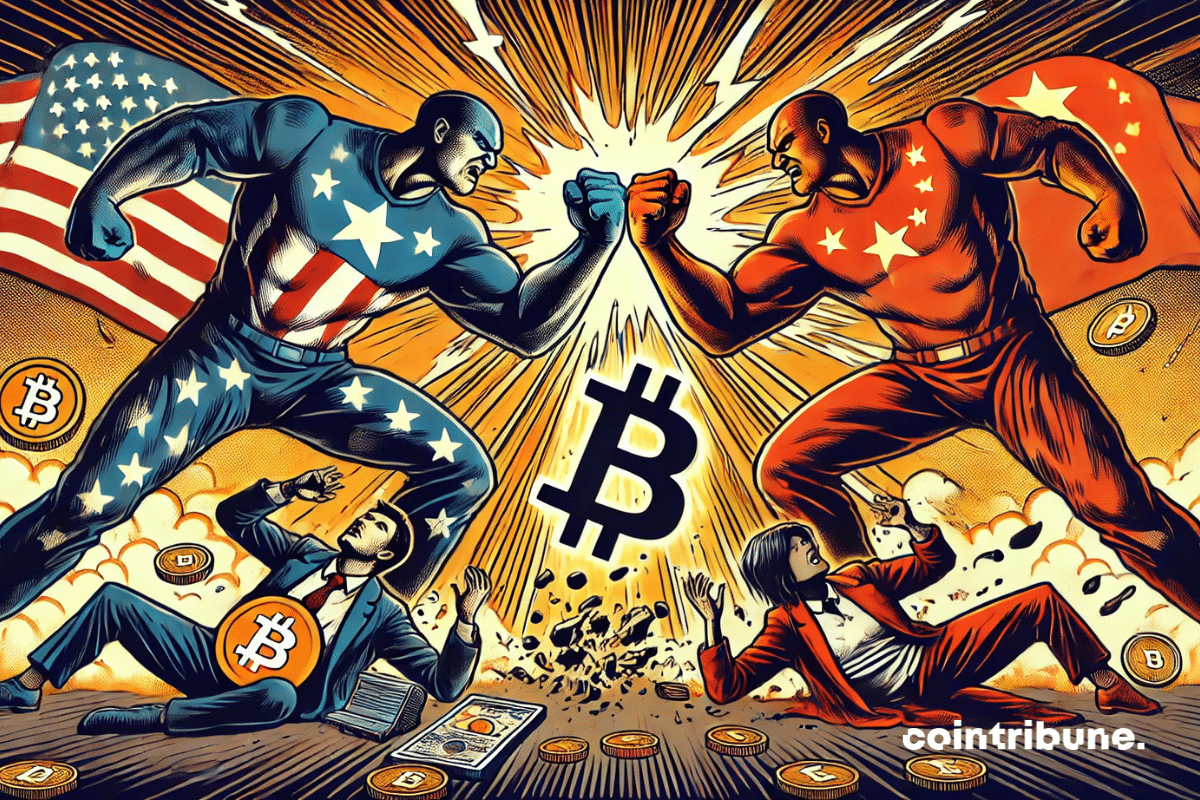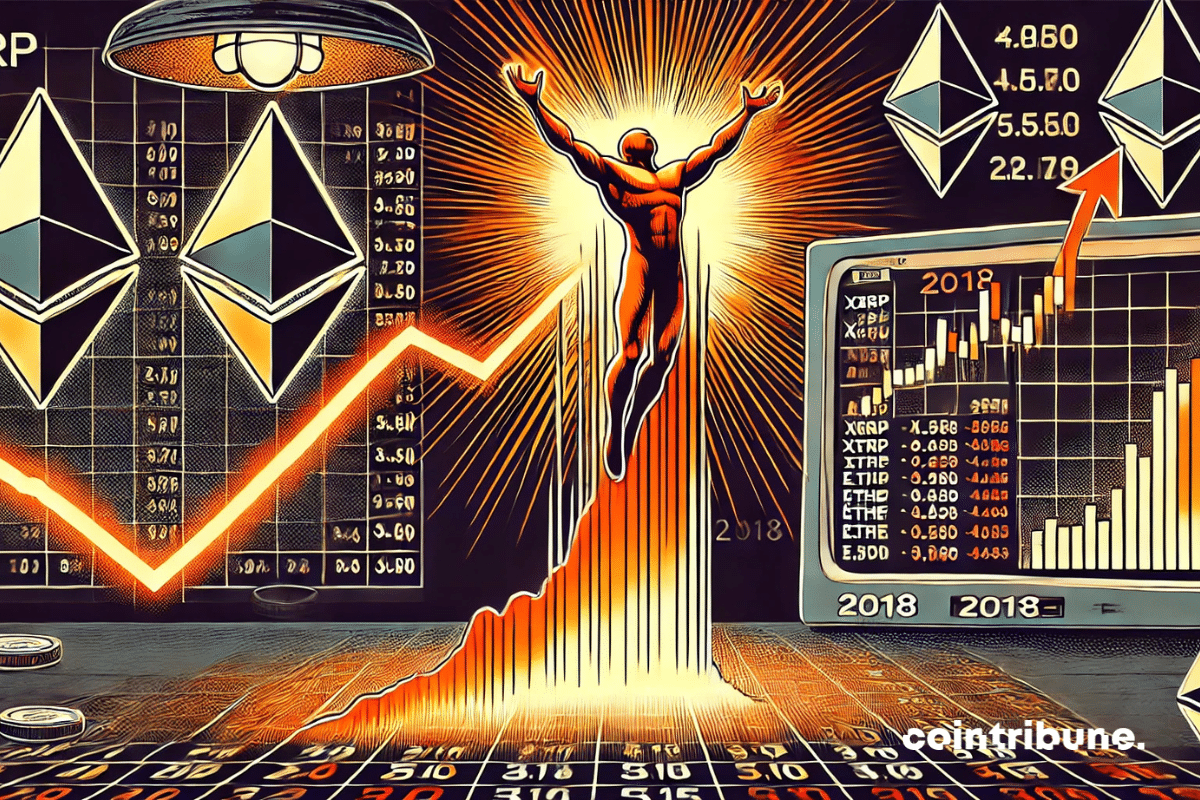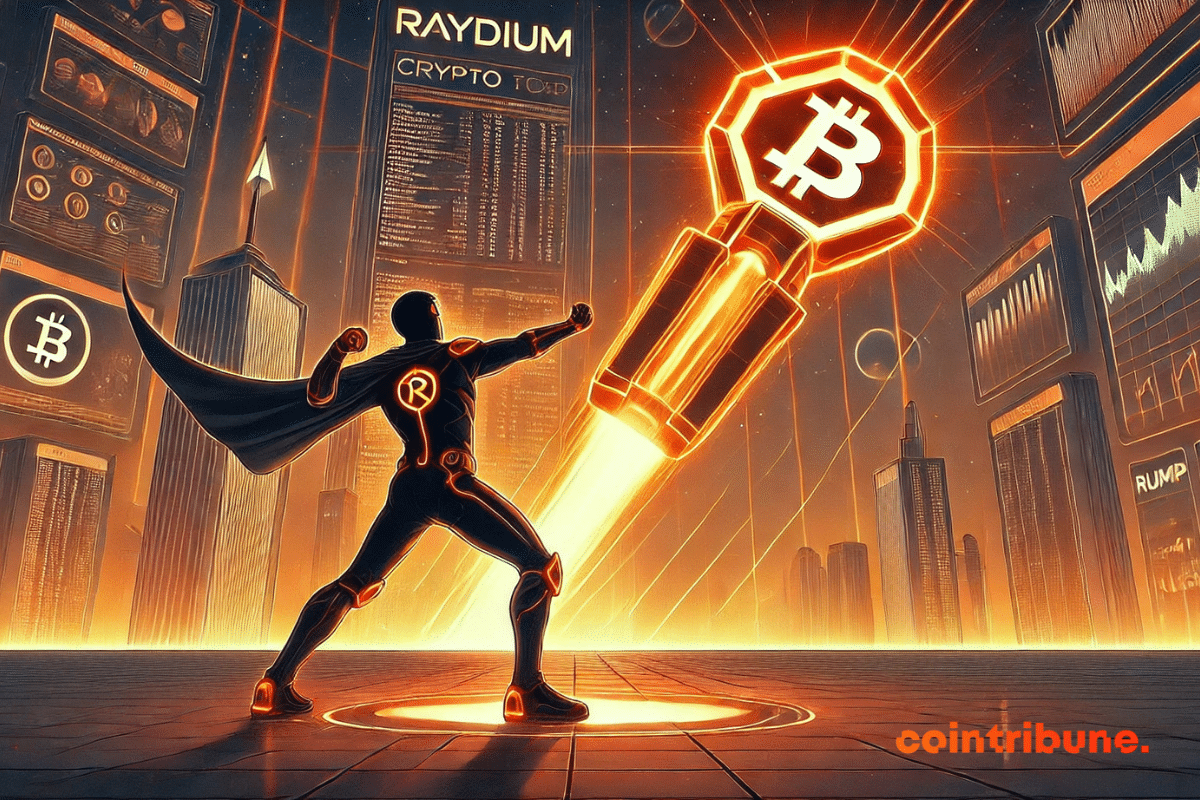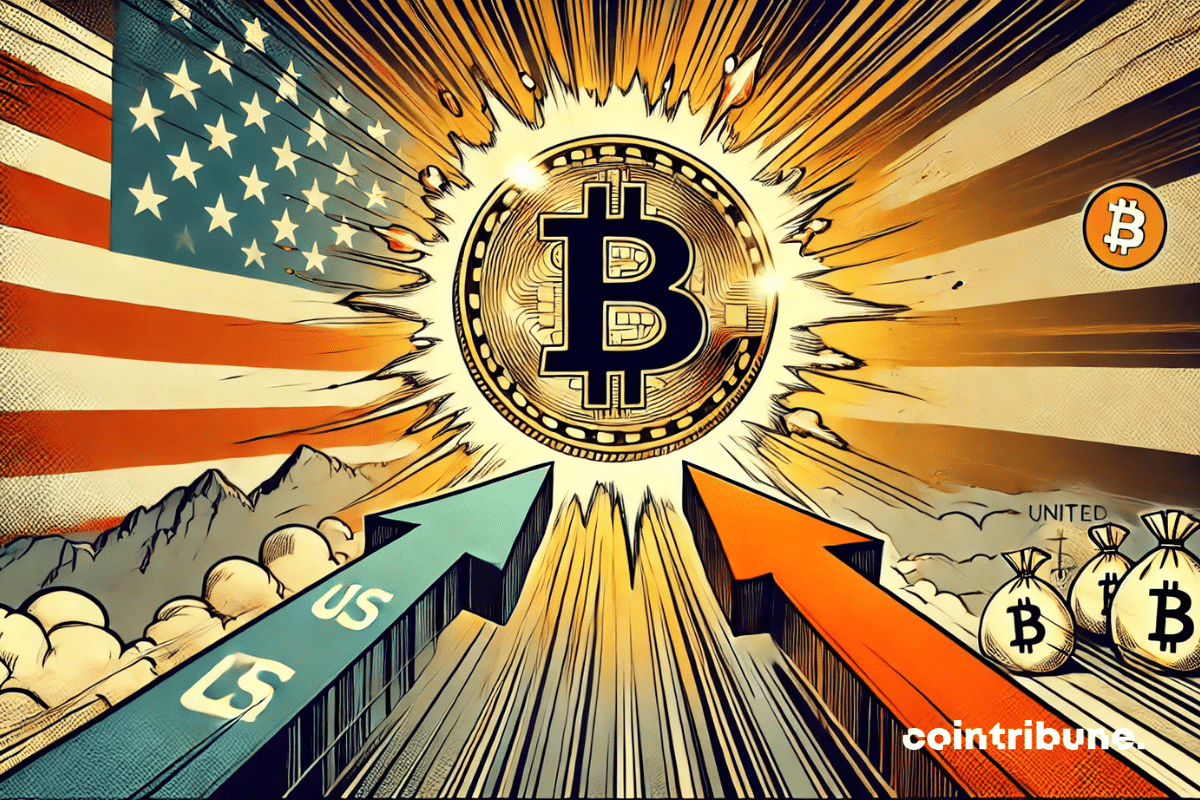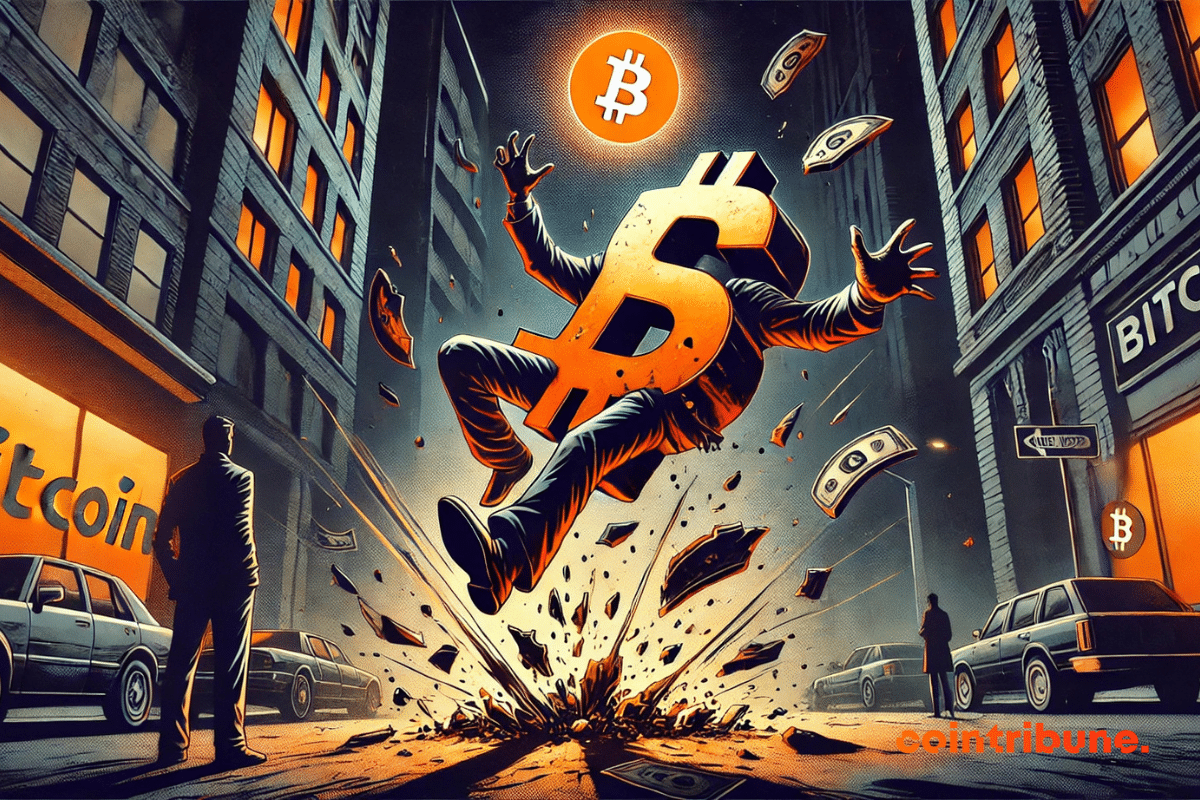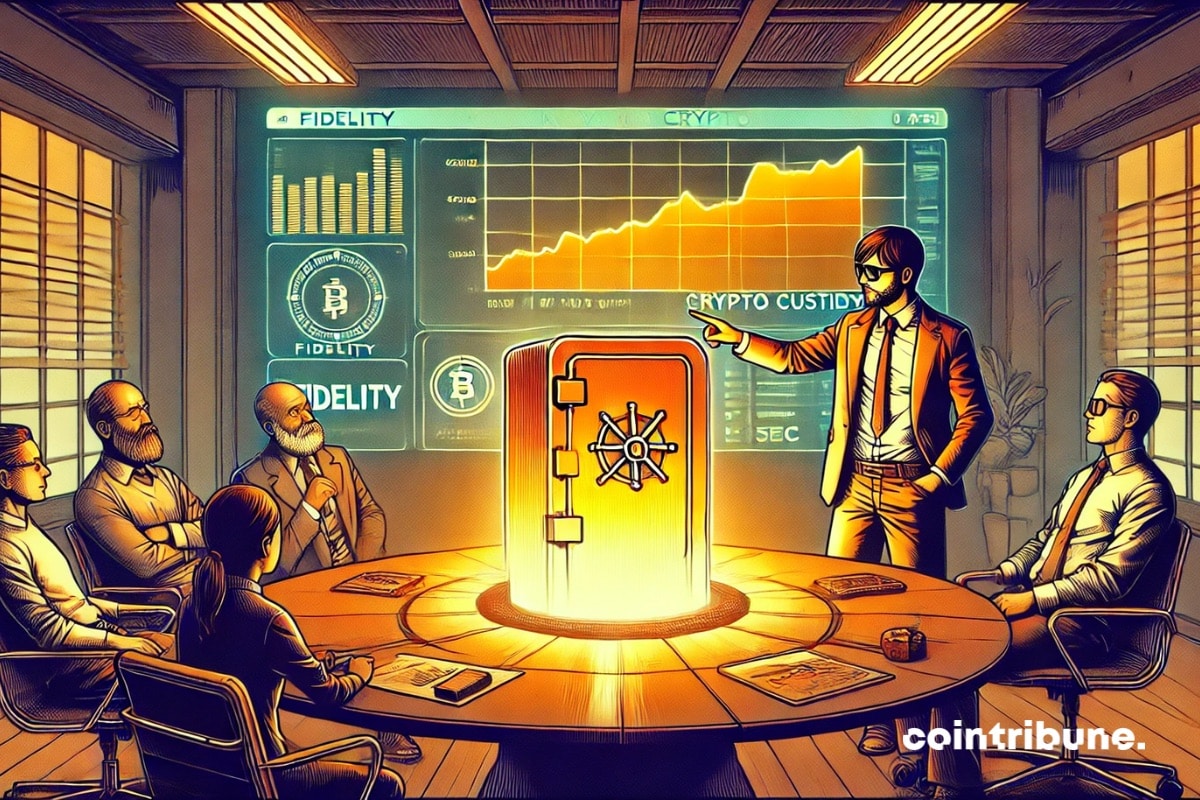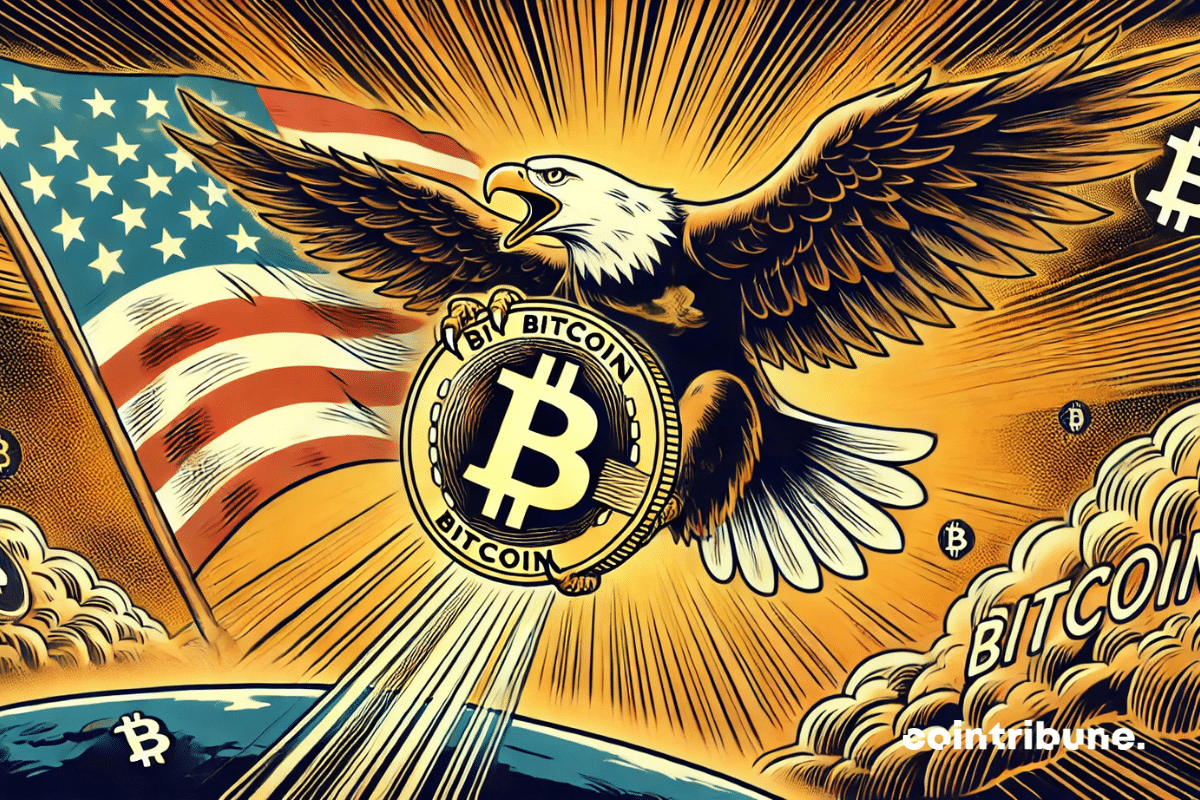Ethereum could soon find itself in a technical deadlock as the growth of layer 2 solutions threatens to saturate its processing capacity, despite planned improvements.
Crypto News
Like a seismograph recording the first tremors, CryptoQuant sounds the alarm: Bitcoin is preparing for a major shakeup. According to the platform, 170,000 BTC, held for three to six months, have started to move on the chain. A historic signal, often a precursor to market storms. Between fleeting panic and anchoring strategies, the market is fracturing. An analysis of an alert that could redefine the coming weeks.
Despite a recent rebound above the psychological threshold of $0.60, Cardano (ADA) remains under bearish pressure. The flagship crypto of the Cardano ecosystem temporarily reclaimed this critical zone, but market data and technical analysis suggest that sellers maintain the short-term advantage.
The escalation of trade tensions between the United States and China is once again disrupting global financial markets. Cryptocurrencies and tech stocks are bearing the brunt of the impact from the new tariff measures announced by the Trump administration, which has imposed duties reaching up to 245% on certain Chinese imports.
This Friday, while stock markets close for "Good Friday," the crypto market remains tense. Over $2.2 billion worth of options on Bitcoin and Ethereum are expiring: a massive volume that captures traders' attention. This technical expiration, although expected, occurs in a climate of significant uncertainty, between bullish signals, extreme pain levels, and pressures related to U.S. monetary policy. While the options expire, the risks remain fully intact.
Bitcoin is playing the star, but altcoins are sharpening their promises. Between wild memecoins, restrained regulators, and creative projects, 2025 could well offer a dance of outsiders.
Gold just hit a historic peak at $3,357 an ounce in April, sparking a burning question: will Bitcoin follow suit? As investors look for safe havens amid economic turbulence, some experts are scrutinizing the links between these two assets. But is this correlation systematic, or does it hide more complex realities? A dive into the data and underlying mechanisms.
The numbers speak for themselves: in one week, Coinbase International's Bitcoin perpetual contracts surpassed the $100 billion volume mark. A record that shakes the markets and raises burning questions. Why this frenzy? Is it simply an effect of volatility or a sign of a paradigm shift? Between price turbulence, flight to safe havens, and regulatory games, an analysis of a phenomenon that is redefining the rules.
Ethereum's dominance in the crypto market has dropped to its lowest level in 5 years, raising questions but also optimism among some analysts. While massive sell-offs continue, several technical indicators suggest a potential entry point for investors looking for a rebound.
Solana is back in the spotlight. After a downturn marked by a massive outflow of capital, the network has recorded an unexpected return of funds. Nearly $120 million was transferred into its ecosystem within a month. This reversal intrigues analysts and sparks speculation about a recovery of SOL, its native token. While some see it as a strong signal of regained confidence, others remain cautious due to an still fragile market structure. What does this renewed interest really conceal?
Against all odds, the crypto market started 2025 in decline, catching investors off guard. Bitcoin and Ether, usually strong performers in the first quarter, recorded their worst historical performances during this period. This sharp reversal, breaking with known seasonal dynamics, reignites debates about a potential rebound in the second quarter, while economic uncertainties weigh on all risk assets.
Richard Teng, CEO of Binance, revealed that the crypto exchange platform is helping several governments establish strategic bitcoin reserves and develop regulatory frameworks. This trend is accelerating as many countries follow the American example in digital asset policy.
In 2025, the crypto universe looks like a movie scene where the same actors return, despite expectations of a new script. According to CoinGecko, AI tokens and memecoins still capture 62.8% of investors' attention in the first quarter. This dominance raises questions: is the market destined to recycle its old successes, or does this persistence hide a subtle transformation?
XRP has just achieved a feat few anticipated: surpassing Ethereum in market capitalization, if only for a few hours. This surge, unprecedented since 2018, is not insignificant. In a market undergoing reshaping, it reveals a possible shift in the balance of power. Indeed, it is no longer just a matter of price, but of perception, usage, and institutional recognition. This strong signal, coming from an asset long considered secondary, raises questions about the real position of the historical giants in the crypto ecosystem.
The crypto ecosystem on Solana is experiencing an unprecedented rivalry. Raydium, a giant in decentralized exchanges, unveils LaunchLab, a token creation platform designed to counter the meteoric rise of Pump.fun. Between aggressive strategies and technical innovations, this confrontation reveals much more than just a battle of features: it is a duel to capture the speculative energy of DeFi.
The rise of American exchange platforms, favorable technical indicators, and the reduction in supply are creating a dynamic that could propel Bitcoin to unprecedented highs by the end of 2025.
The Russian Ministry of Finance is exploring the possibility of developing its own stablecoin. This comes after recent U.S. sanctions and actions by Tether, which blocked wallets linked to the Garantex exchange. This initiative primarily aims to avoid dependency risks associated with foreign stablecoins, such as USDT.
As the dollar falters under the blows of trade tensions and macroeconomic doubts, Bitcoin emerges as a bold alternative. Between hopes for a rebound and strategic uncertainties, the cryptocurrency whispers a promise: to rewrite the rules of safe-haven value. What if 2024 marked the advent of a new financial paradigm?
In March, publicly traded mining companies sold more than 40% of their newly mined bitcoin, marking the largest monthly liquidation since October 2024. This trend breaks with the accumulation strategy observed after the last halving.
According to a crypto expert, Bitcoin could revolutionize U.S. Treasury bonds. In this article, we explain how.
The United States Securities and Exchange Commission (SEC) is hosting a roundtable on April 25, 2025, bringing together crypto industry leaders such as Kraken, Fidelity, and Anchorage Digital. The goal is to discuss issues related to the custody of digital assets and to define future regulations for the crypto sector in the United States.
If the United States bought 1 million BTC, the price of bitcoin could reach 1 million dollars. A strategic reserve that would disrupt the global economy and reinvent financial assets.
While the crypto market remains unsettled by speculative shocks, a subtle signal is capturing the attention of insiders: Bitcoin whales are strengthening their positions. The number of addresses holding between 1,000 and 10,000 BTC has just reached 2,014, a peak since April 2024. This dynamic, far from insignificant, reflects a thoughtful accumulation strategy. Behind this silent movement, some already see the early signs of a possible bullish turnaround.
While markets nervously scrutinize the signals from the Federal Reserve, Michael Saylor, Executive Chairman of Strategy and a leading figure in Bitcoin maximalism, surprises everyone with a statement as enigmatic as it is calculated. On X, he posts a phrase: "Bitcoin is a chess game," accompanied by an AI-generated image of him posing in front of a chessboard. A minimalist but strategically weighed message that reignites the debate about his long-term vision for crypto.
Bitcoin shows signs of recovery as a major indicator on Binance confirms the return of the bulls. Details here!
The Italian Minister of Economy and Finance, Giancarlo Giorgetti, expressed his concerns about the threat posed by American stablecoins, emphasizing that they could represent a greater danger than Donald Trump's tariffs. According to him, these dollar-backed cryptos risk disrupting Europe's financial stability.
Binance Chain has just completed its 31st quarterly token burn operation, permanently removing 1.58 million BNB from circulation, equivalent to 914 million dollars. This strategy could well propel the price of the world's fifth largest cryptocurrency in the coming weeks.
Ethereum's dominance in the crypto market has dropped to 7.18%, a level close to its all-time low. A bearish chart pattern now suggests a possible correction towards $1,100 in the coming weeks.
PumpSwap, Pump.Fun's decentralized exchange, experienced an exceptional week with $2.5 billion in transactions, representing a 40% increase compared to the previous week. This platform, specialized in memecoins, is attracting a growing number of investors, creating hundreds of new crypto millionaires along the way.
While uncertainty reigns in the markets and regulators tighten the noose, BlackRock continues its crypto strategy without faltering. The American asset manager has just injected an additional 37 million dollars into bitcoin through its IBIT fund. A strong move, going against the prevailing hesitations, which confirms a methodical accumulation. Through this new purchase, BlackRock reaffirms its confidence in the leading crypto and strengthens its role as a catalyst for institutional adoption.



